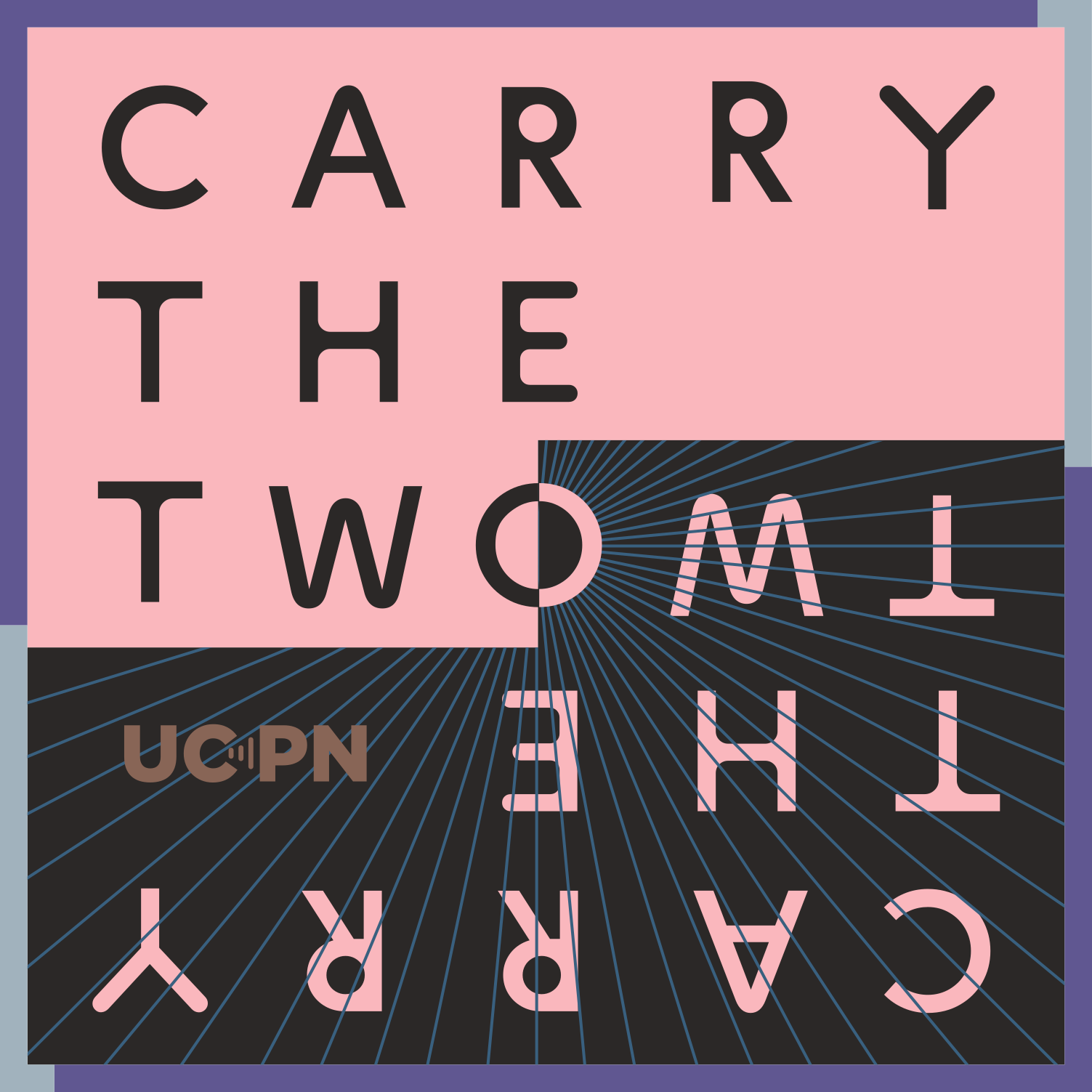Moon Duchin on Voting & Electoral Districts
Description
If you live in the United States, have you already voted? If not, go vote!
The bedrock of American democracy is the idea of citizens voting for candidates to represent their interests. However, determining how to cluster voters into districts has always been a fraught topic, particularly when it comes to ensuring that minorities have representation. How can we create the most fair electoral districts? How can we use geometric topographical analysis to recognize gerrymandering strategies like “packing” and “cracking”? We brought in Tufts University mathematician and founder of the Metric Geometry and Gerrymandering Group Redistricting Lab Moon Duchin to help us discuss these pressing issues.
Find our transcript here: LINK
Curious to learn more? Check out these additional links:
Duchin’s collaboration about ranked choice voting: https://papers.ssrn.com/sol3/papers.cfm?abstract_id=3778021
Brief review of Duchin’s scientific paper: https://www.newamerica.org/political-reform/reports/evaluating-the-effects-of-ranked-choice-voting/the-future-is-proportional-improving-minority-representation-through-new-electoral-systems-gerdus-benade-ruth-buck-moon-duchin-dara-gold-and-thomas-weighill/
Quanta’s interview with Duchin: https://www.quantamagazine.org/moon-duchin-on-fair-voting-and-random-walks-20200407/
Follow more of IMSI’s work: www.IMSI.institute, (twitter) @IMSI_institute, (instagram) IMSI.institute
Follow Moon Duchin: https://math.tufts.edu/people/faculty/moon-duchin
This episode was audio engineered by Tyler Damme.
Music by Blue Dot Sessions.
The Institute for Mathematical and Statistical Innovation (IMSI) is funded by NSF grant DMS-1929348.
More Episodes
We in the United States are deep in the middle of a major national election, and over half of the world’s population also have elections in 2024. This is why Carry the Two is going to focus on the intersection of mathematics and democracy for our new season.
In this episode, the fifth episode...
Published 10/23/24
In this episode, the fourth episode of our mathematics and democracy season, we dig into two stories about the intersection of political geography and mathematics. The first story comes from Ranthony Clark and is about her work with the Metric Geometry and Gerrymandering Group around identifying...
Published 10/17/24
Published 10/17/24


